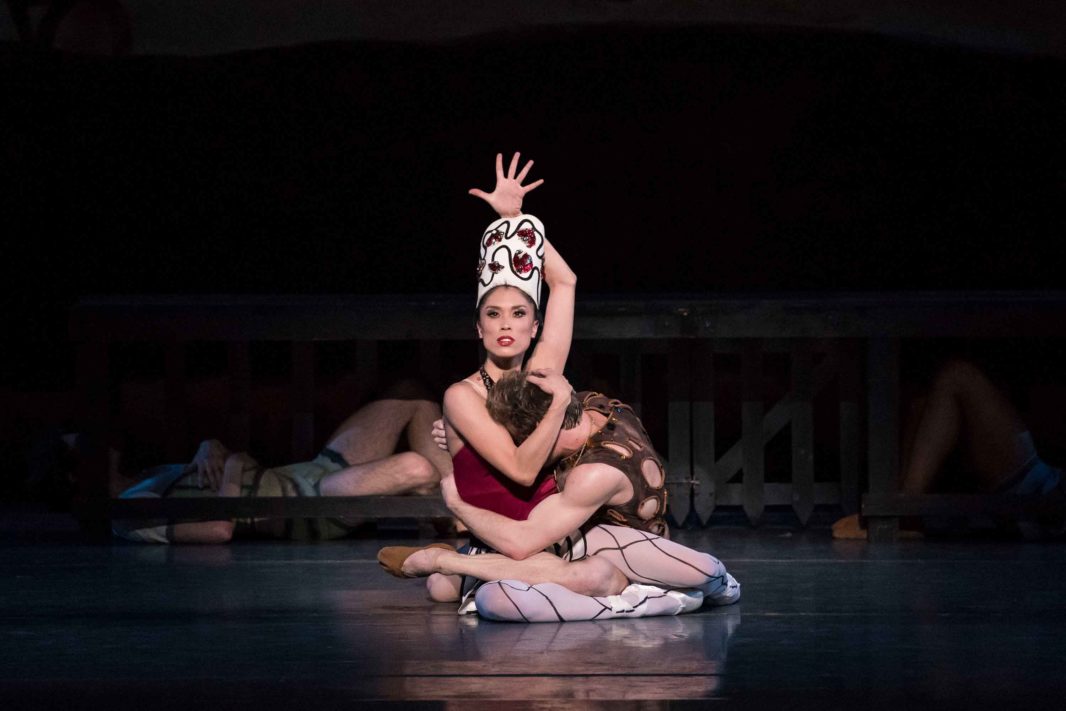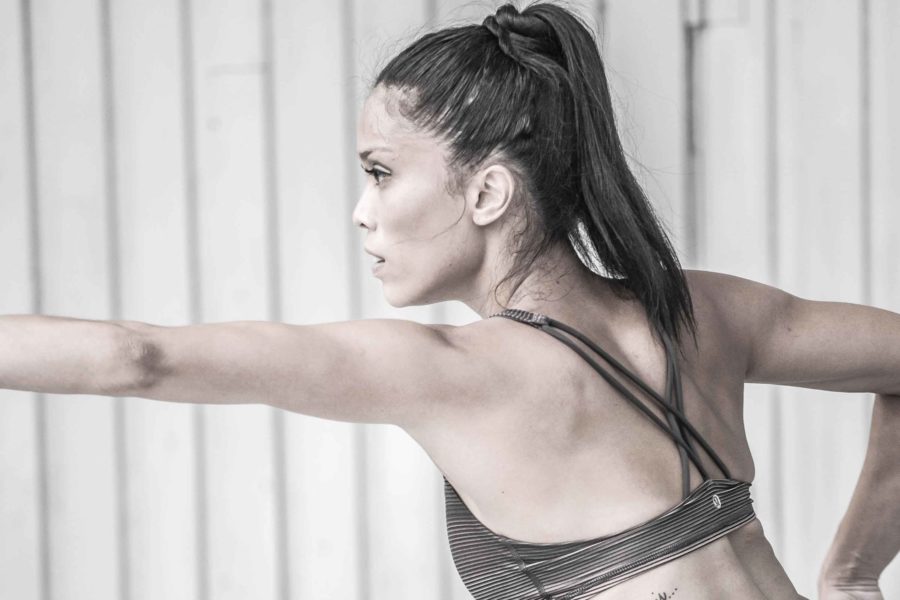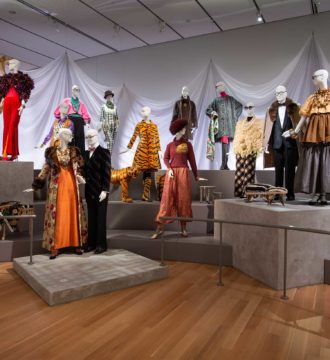Lia Cirio was only 16 years old when she joined Boston Ballet II in 2003. A speedy promotion to the senior company’s corps de ballet followed for the teenage dancing phenom, and by 2007 she was a soloist. After a stint touring the world with contemporary choreographer Trey McIntyre, Lia returned to Boston Ballet, attaining her currently held rank of Principal Dancer in 2010.
Lia comes from a dancing family. Her brother Jeffery Cirio is currently Lead Principal at English National Ballet and was formerly a Principal Dancer at both Boston Ballet and American Ballet Theatre. Together they founded the Cirio Collective, a dance company that operates in the summer, providing a platform for cutting-edge choreographers.

Exhale: How do you think ballet, this venerated old form, fits into contemporary society?
Lia Cirio:As a culture, we love classics in the arts and literature, in our songs and stories. Classical ballet is no different, bringing with it the pleasure of a shared experience, memories of favorite tales, comfort in the predictable or delight in the interpretation. Along with the choreography, the music, the story, the costumes and the sets, classic ballet brings an exciting level of technical feats. When executed well, the accumulated result brings an element of suspense, satisfaction and awe, not unlike a great play in sports. An underlying response for the public is its appreciation of the commitment it has taken for the dancers to achieve their supreme athleticism, especially as it’s combined with exquisite artistry. Honoring the classics doesn’t mean new innovations are not desirable. I don’t think we have to throw out the old to appreciate the new. The idea of maintaining classics while breaking into new territory is part of our contemporary society.

What do you find to be most fulfilling as a Principal Dancer at Boston Ballet?
I love being onstage. With each performance of each dance, I feel I’m growing in artistry. Our company’s repertory is so varied, there’s always something compelling to explore, whether I’m in the rehearsal studio or the theater. William Forsythe, who is one of the most innovative choreographers working in ballet today, is currently engaged in a five-year partnership with Boston Ballet. He says to us traditional ballet is still relevant. This doesn’t mean his ballets are derivative. On the contrary, they push boundaries in every direction. I’m fascinated by his understanding of ballet’s specific vocabulary and its rules. He stretches, bends, and breaks them, so we dancers, as we work in the studio, and the public when they view his work, never quite know what to expect. The variety of choreography we do makes our job complex, challenging and deeply satisfying.

Photo by Liza Voll/Courtesy of Boston Ballet
Balanchine’s Prodigal Son, featuring Boston Ballet’s Principal Lia Cirio.

You had great early training. What were the most important elements of your ballet instruction?
Among other schools and teachers, I was fortunate to study with Marcia Dale Weary, Founding Artistic Director of the Central Pennsylvania Youth Ballet. The school has produced many professional dancers, working in major companies around the world. Notwithstanding its regional location, its success is in part based on discipline that was constant and rigorous. The school gave me a profoundly strong technique, cleanliness of line, strength, and a deep artistic commitment. This propelled me forward and gave me a solid base that underlines the way I move to this day. After I joined the Boston Ballet, I felt like sponge, soaking up everything around me. I learned from every angle, and I especially relished watching my colleagues, in the studio and onstage, including Lorna Feijóo, Sarah Lamb and Larissa Ponomarenko. I’m still learning.

What actions do you think female dance artists should take to ensure equity in pay, opportunity and creative expression?
I think awareness and communication are super important. It gives us the ability to discuss problems within the context of a group, not only as individuals, which is probably better for everyone. It’s true in ballet, there are more female dancers than male, yet the roles of choreographer and company director have a much higher percentage of males in those positions. I’ve been very lucky. I haven’t experienced any gender-based issues. I am half Filipino, and while I didn’t notice anything negative growing up, I do think race, as opposed to gender, may play a factor, at times, in my career. I am always surprised when people ask me, “What are you?” My answer, and what I simply believe, is always, “I’m a dancer.” The Boston Ballet has taken action on the gender issue, and it’s exciting to see. Mikko Nissinen, our Artistic Director and the Board, with patron support, have created a program to foster female choreographers, called ChoreograpHER. It demonstrates a clear response to the call for equalizing the balance for artistic opportunities.

What was the contributing factor to forming the Cirio Collective?
My brother Jeffrey, with whom I founded Cirio Collective, and I have danced many choreographers’ styles. To name a few, Marius Petipa, who created many of the famous story ballets we all love, to George Balanchine, to Mark Morris. Along with his performing, my brother started making his own dances. We both have friends who choreograph, as well. The Collective really came into being after Jeffery was included in a showing of new works. An audience member spoke with Jeffery, complimenting his choreography and offered to help. Working in our time-off from our respective principal companies, we help choreographers develop new work. I’ve always happily thought of myself as a dancer, but thanks in large part to Boston Ballet’s ChoreograpHER project, initiated under the guidance of Mikko, I’ve started choreographing myself. I don’t really know exactly where artistic desire comes from, but I know I dance it, and, now, I choreograph it.



 5 min read
5 min read


